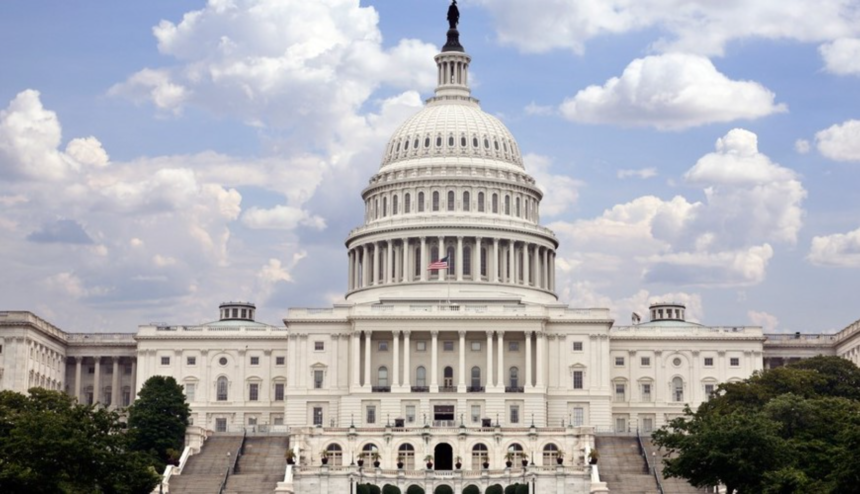The U.S. Senate advanced a bill on Sunday aimed at reopening the federal government, which has been partially shut down for 40 days, affecting federal workers, food aid, and air travel. The measure, passed in a procedural vote 60-40, will be amended to fund the government through January 30, 2026, and include three full-year appropriations bills.
The bill still requires approval by the House of Representatives and President Donald Trump’s signature, which could take several days.
Key Details:
- Federal workers protected: The legislation prevents federal employees from being fired until January 30 and provides back pay for all federal staff, including military personnel, Border Patrol agents, and air-traffic controllers.
- Healthcare subsidies deal: Republicans agreed to a December vote on extending Affordable Care Act (ACA) subsidies, after negotiations with a small group of Democrats. The subsidies, critical for helping lower-income Americans pay for insurance, are set to expire at the end of the year.
- Political tensions: Some Democrats expressed displeasure with the deal. Senate Minority Leader Chuck Schumer voted against the measure, while Democratic Senators Maggie Hassan and Jeanne Shaheen helped broker the compromise.
President Trump has pushed to replace ACA subsidies with direct payments to individuals, calling the current system a “disaster for the American people.” He emphasized that he is willing to work with both parties once the government reopens.
Economic Implications:
- Federal workforce: About 2.2 million civilians work for the federal government. At least 300,000 employees are expected to leave by the end of the year due to Trump’s downsizing initiatives.
- Economic growth risk: Prolonged closure could push US economic growth into negative territory in Q4, particularly if air travel does not normalize before Thanksgiving (Nov. 27).
Legislative Next Steps:
Senate leaders aim to fast-track the final vote, either through bipartisan agreement or standard procedural steps, with the goal of ending the shutdown before further economic and operational disruption occurs.
“It looks like we’re getting very close to the shutdown ending,” Trump told reporters before the vote.
“Hopefully, we’ll get an opportunity tomorrow to set up the next votes. Of course, that’s going to take some cooperation and consent,” said Senate Majority Leader John Thune.







